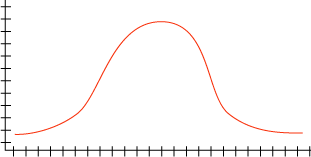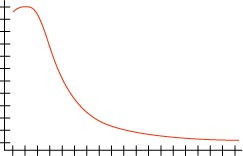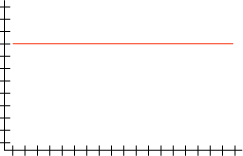Column Distributions (Data Mining)
Applies to:  SQL Server 2019 and earlier Analysis Services
SQL Server 2019 and earlier Analysis Services  Azure Analysis Services
Azure Analysis Services  Fabric/Power BI Premium
Fabric/Power BI Premium
Important
Data mining was deprecated in SQL Server 2017 Analysis Services and now discontinued in SQL Server 2022 Analysis Services. Documentation is not updated for deprecated and discontinued features. To learn more, see Analysis Services backward compatibility.
In Microsoft SQL Server SQL Server Analysis Services, you can define column distributions in a mining structure, to affect how algorithms process the data in those columns when you create mining models. For some algorithms, it is useful to define the distribution of any continuous columns before you process the model, if the columns are known to contain common distributions of values. If you do not define the distributions, the resulting mining models may produce less accurate predictions than if the distributions were defined, because the algorithms will have less information from which to interpret the data.
The algorithms that are available in SQL Server Analysis Services support the following distribution types:
Normal
The values for the continuous column form a histogram with a normal distribution.

Log Normal
The values for the continuous column form a histogram, where the curve is elongated at the upper end and is skewed toward the lower end.

Uniform
The values for the continuous column form a flat curve, in which all values are equally likely.

For more information about the algorithms that SQL Server Analysis Services provides, see Data Mining Algorithms (Analysis Services - Data Mining).
See Also
Content Types (Data Mining)
Mining Structures (Analysis Services - Data Mining)
Discretization Methods (Data Mining)
Distributions (DMX)
Mining Structure Columns